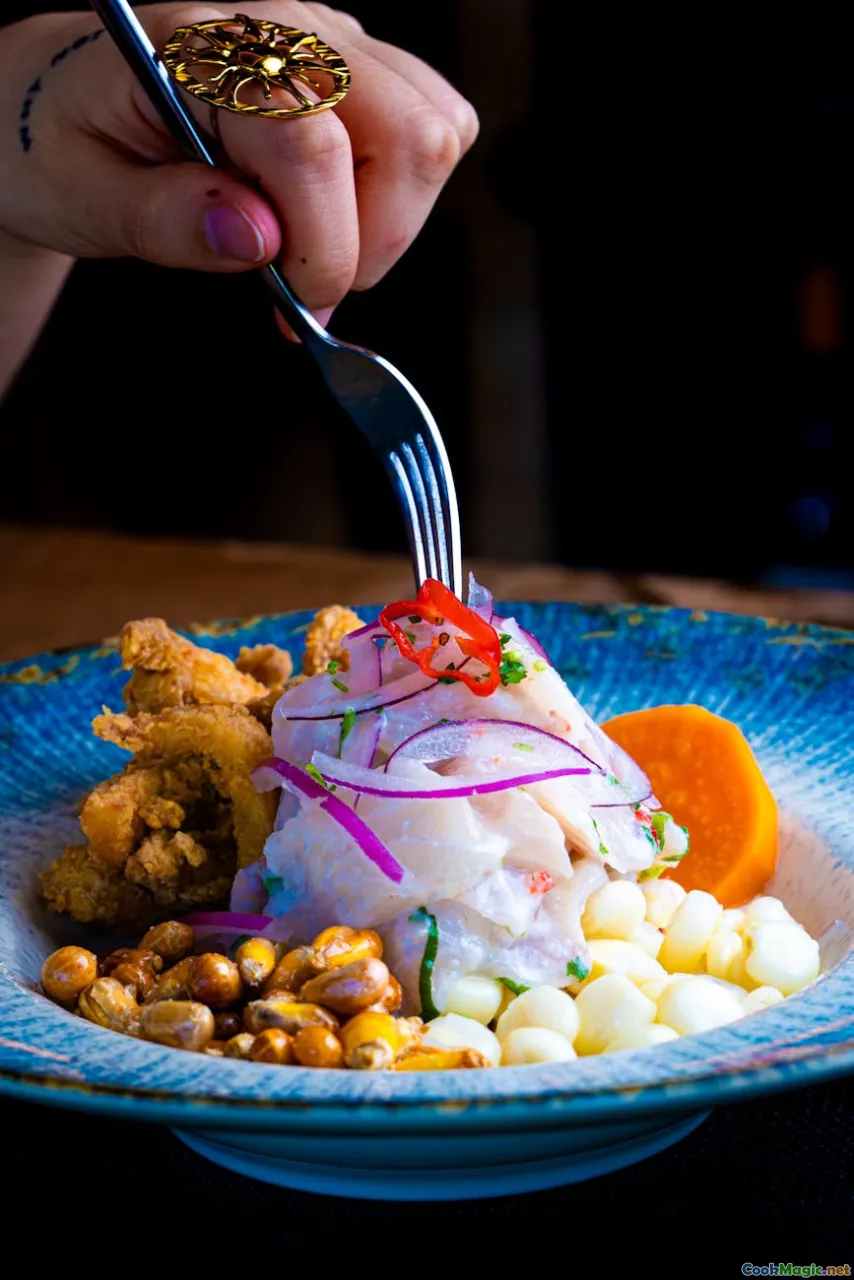The Role of Corn in Classic Peruvian Recipes
8 min read Discover how corn shapes Peruvian culinary heritage, from ancient traditions to vibrant modern dishes, revealing the soul of Peru's flavors. April 21, 2025 23:00
The Role of Corn in Classic Peruvian Recipes
Peru, a land of breathtaking landscapes and vibrant cultural tapestry, is also a country where food tells stories as old as the Andes themselves. Among the many ingredients that define Peruvian cuisine, corn—or maíz as it is locally called—stands out as a sacred, versatile, and deeply rooted element. Its presence in Peruvian dishes is not just culinary but also spiritual and cultural, connecting generations through time-honored traditions.
An Ancient Staple: The Heart of Peruvian Agriculture
Long before the Incas carved their empire into the mountains, indigenous peoples of Peru were cultivating a variety of corn species. Archaeological findings suggest that corn was domesticated over 5,000 years ago in the region, making it one of the oldest cultivated crops in the Americas. The Peruvian landscape, from coastal plains to highland valleys, offers a diverse climate perfect for cultivating numerous corn varieties—each with its unique flavor, texture, and purpose.
This abundance of corn shaped not only their diet but also their cultural rituals, social structures, and spiritual beliefs. Corn was revered as a gift from Pachamama (Mother Earth), symbolizing fertility, prosperity, and life itself. Today, this reverence persists, evident in the way Corn appears in traditional festivals, religious offerings, and everyday meals.
The Many Faces of Peruvian Corn
Peru boasts an astonishing diversity of corn varieties, each suited to specific regional climates and culinary uses. Some of the most iconic types include:
- Choclo: Large-kernel, sweet corn with a chewy texture, often used fresh or boiled.
- Cancha: Toasted corn kernels, crunchy and savory, used as a snack or a side.
- Maíz Morado: Purple corn, prized for its vibrant color and nutritional benefits.
- Maíz Blanco: White corn used in various traditional dishes.
These varieties are not mere ingredients; they are cultural symbols woven into the fabric of Peruvian life.
Corn in Classic Peruvian Dishes
1. Ceviche with ChocloNo culinary journey through Peru is complete without mentioning ceviche—the national dish. While the star is fresh raw fish marinated in lime juice, the side accompaniments elevate the experience. Here,choclo plays a starring role. The sweet, chewy kernels complement the tangy, spicy flavors of the ceviche, offering a textural contrast that awakens the palate.
Imagine biting into a plump, tender piece of fish, then savoring the burst of sweetness from a kernel of choclo—it's a sensory dance rooted in centuries of tradition.
2. Tamales and HumitasCorn masa—made from ground fresh or dried corn—is the foundation of many traditional Peruvian steamed or baked delicacies.Tamalesare wrapped in banana leaves or corn husks and filled with meats, vegetables, or cheese.Humitas, a sweet version, combines corn, sugar, and sometimes cheese, wrapped in corn husks and steamed to perfection.
The aroma of steaming tamales and humitas is deeply nostalgic, evoking family gatherings and festivals. The soft, moist texture of the corn-based dough, infused with the natural sweetness or savory flavors of fillings, showcases corn's versatility.
3. Mazamorra MoradaThis iconic Peruvian dessert is a vibrant purple pudding made frommaíz morado. Boiled with fruits like pineapple and quince, cinnamon, and cloves, the pudding develops a rich, aromatic flavor and a striking color.
Mazamorra Morada is more than just a sweet treat; it embodies the Peruvian connection to maize varieties that carry cultural and spiritual significance. Its velvety texture and fragrant aroma make it a comforting symbol of tradition.
4. PachamancaIn traditional Andean feasts like Pachamanca, corn plays a central role. The dish involves cooking meats, potatoes, herbs, and corn underground using hot stones. The corn is often used to maket’anta wawa (cornbread) or served alongside other ingredients, absorbing smoky flavors during the slow cooking process.
This communal cooking method emphasizes respect for the land and harvest, highlighting corn's role not just as sustenance but as a cultural ritual.
Personal Reflections: Corn as a Cultural Anchor
Growing up in Peru, I remember the smell of fresh choclo roasting over open flames during festivals. The anticipation built as the kernels turned golden, releasing a sweet aroma that filled the air. Sharing a bowl of ceviche with a side of toasted cancha was more than a meal; it was a celebration of community and heritage.
In my travels across the Peruvian highlands, I witnessed farmers meticulously tending to their corn fields, respecting the cycles of nature. This connection to the land and crop is palpable in every bite, making corn not just an ingredient but a living link to ancestors and traditions.
The Modern Peruvian Corn Renaissance
Today, chefs and food enthusiasts are rediscovering and reinventing traditional corn-based dishes. From upscale restaurants experimenting with purple maize in artisanal desserts to street vendors perfecting the crispy cancha snack, corn's versatility continues to inspire.
Innovations include using native corn varieties to craft gluten-free pastas, beers, and even craft cocktails. Yet, despite modernization, the core reverence for corn remains intact, echoing the ancient belief that maize is the foundation of life.
Conclusion: Corn’s Enduring Legacy
Corn in Peruvian cuisine is far more than a staple ingredient; it is a cultural icon, a spiritual symbol, and a testament to the ingenuity of indigenous peoples. Its presence in diverse dishes—from savory tamales and hearty stews to sweet puddings—reflects a deep-rooted respect for tradition and the land.
As you explore Peruvian cuisine, let the humble corn remind you of a civilization that revered its harvest, celebrated its flavors, and kept alive a legacy that continues to nourish body, mind, and spirit. The next time you enjoy a spoonful of mazamorra or bite into a juicy piece of choclo, remember—you are tasting history itself.









